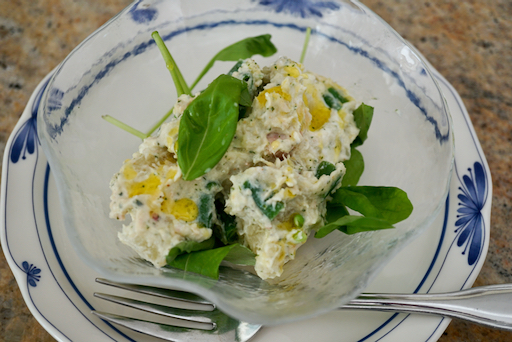We bought dried persimmon or "hoshigaki" 干し柿 from Japan through the Japanese taste. We ate some and made a few small dishes. Although they were still good they were not getting any younger in the refrigerator, so we decided to make a concerted effort to use them. My wife tried to find recipes for dried persimmon on the U.S. (English language) internet and there seemed to be a few for fresh persimmon but basically none for dried aside from ‘eat them as-is for a snack.’ In contrast I found numerous recipes for dried persimmon on the Japanese internet. (I guess they are used more commonly in Japan.) In the dried fig stuffed muffins blog, my wife warned that a variation on the recipe using dried persimmon could be in the future so she decided to make good on her threat and use a variation of that recipe for the persimmon muffins. Since many of the Japanese recipes paired dried persimmon with rum as a hydrating agent my wife decided there must be a good reason that combination appeared so consistently so she decided to use rum too. These muffins were very good. Since we used rum to flavor and loosen up the hoshigaki, the muffins were a bit rummy/boozy but had a nice subtle sweetness and texture. These could also be a very nice dessert.
Ingredients (hoshigaki stuffing):
1 cup rum
Directions (for hoshigaki stuffing)
Carefully remove the seeds (#2), some had seeds and some did not.
Finely chop (they are sticky and it is not very easy but using the heavy chef's knife, I was able to finely chop them. The final weight was about 390 grams which made the stuffing for 17 muffins and some leftover).
In a small sauce pan, add the chopped hoshigaki and the rum and gently heat/mix.
Using a submersible blender, further chop it fine but not completely pasty (#3).
2 1/2 cup AP flour
2 tsp baking powder
1 tsp. baking soda
1 tsp salt
1 cup unsalted butter melted and cooled
1 cup sugar plus 2 Tbs. molasses (original recipe calls for dark brown sugar)
1/2 cup honey
2 eggs, lightly beaten
1 1/2 cups rum
Liberally grease the muffin tins (or use paper muffin cups #4). In a large bowl mix the dry ingredients. In another bowl mix the wet ingredients. Add the wet ingredients to the dry ingredients. Add half the dough to the bottom of the muffin cups. Top with the fig mixture. Don’t let the fig mixture touch the side of the muffin cups (#4). Top the fig mixture with the remaining half of the dough (#5). Bake in a 400 degree oven for 15 to 20 minutes until golden brown. Let cool for about 5 minutes and remove from the tins to a cooling rack.




















